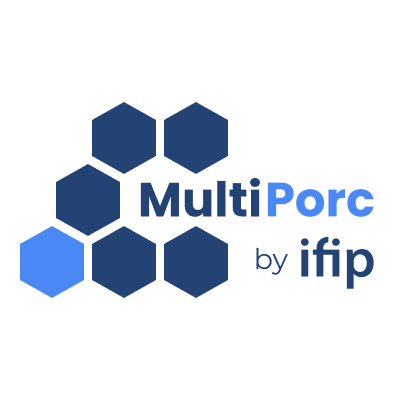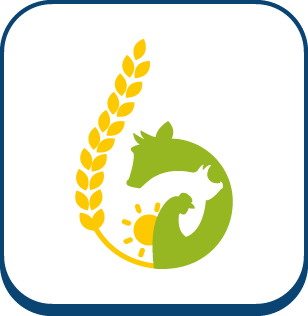Documentations
Ecoconception : le projet AGB de l'Ifip - enregistrement audio IFIP
L’Ifip-Institut du porc, institut moteur pour la recherche de leviers d’écoconception dans la filière porcine. Via le projet Porc AGB financé par l’ADEME, l’équipe viandes et charcuterie de l’Ifip est…
Publié en 2023Réflexion participative pour une optimisation de l’usage des antibiotiques garantissant santé et bien-être des porcs et volailles
L'utilisation d'antibiotiques a diminué de près de 50 % dans les filières avicoles et porcines françaises en 15 ans. Cependant, cette évolution a été plus ou moins importante selon les…
Publié en 2023Phenolic compounds could interfere with secondary amine N-nitrosation in cured meat formulation and digestion
Nitrite is a common additive in cured meat formulation that provides microbiological safety, lipid oxidation management and typical organoleptic properties. However, nitrite is also associated with the formation of nitrosamines,…
Publié en 2023Influence of sodium chloride on muscle UV autofluorescence characteristics
Salted and tumbled pork teres major muscle samples, with varying sodium chloride content (1.1 % to 1.9 %), were examined by UV fluorescence spectroscopy. Results indicated that muscle fluorescence varies…
Publié en 2023Defining common criteria for harmonizing life cycle assessments of livestock systems
Animal production intensification puts pressure on resources, leads to environmental impacts, animal welfare and biodiversity issues. Livestock products provide key components of the human diet and contribute to rural territories…
Publié en 2023Inactivation of Toxoplasma gondii in dry sausage and processed pork, and quantification of the pathogen in pig tissues prior to production
Toxoplasma gondii is an important zoonotic foodborne parasite. Meat of infected animals appears to be a major source of infection in Europe. Pork is the most consumed meat in France,…
Publié en 2023Comment orienter et financer la transformation des systèmes et pratiques d’élevage vers plus de bien-être animal ? L’exemple de l’Allemagne
L’amélioration du bien-être animal est devenue une attente sociétale majeure dans de nombreux pays. Cet article présente les principaux leviers - orientations politiques, segmentation du marché, renforcement de la réglementation…
Publié en 2023Comment la controverse autour du bien-être des animaux d’élevage peut transformer les normes sociales ? Un regard sociologique
L’élevage est actuellement au coeur de débats qui interrogent les pratiques des éleveurs, la manière dont ils traitent les animaux et les solutions pour améliorer leur bien-être. Penser ces débats…
Publié en 2023Monitoring of microbial ecology and Salmonella resistance in a pig slaughterhouse
Salmonella causes a large number of food associated infections worldwide and is one of the main pathogens in the pig and pork sector. To guarantee food safety, a better understanding…
Publié en 2023Implementation of an approach for the fast detection of food-borne bacterial pathogens in the pig and pork chain through the creation of a Joint Technological Unit ACTIA “FASTYPERS”
The Actia Fastypers Joint Technological Unit (2022-2027) has been created to gain a deeper insight into adaptation of Salmonella spp and Listeria monocytogenes (L. monocytogenes) enabling them to survive and…
Publié en 2023Implantation of a strain of Salmonella Typhimurium and a strain of Salmonella Rissen in a pig herd with recurrent clinical salmonellosis
Clinical salmonellosis are considered to be rare and time-bound events, even if they can occur in pig herds. The aim of this study was to investigate the genetic diversity of…
Publié en 2023Marchés des Matières Premières pour l'alimentation animale : retour de la hausse (situation au 29 juin 2023) - vidéo IFIP
Mathilde Le Boulch, ingénieure en charge des études économiques sur l'aliment du porc pour les instituts des filières animales (Ifip, Idele, Itavi) présente en vidéo EcoPorc de 3 minutes les…
Publié en 2023






